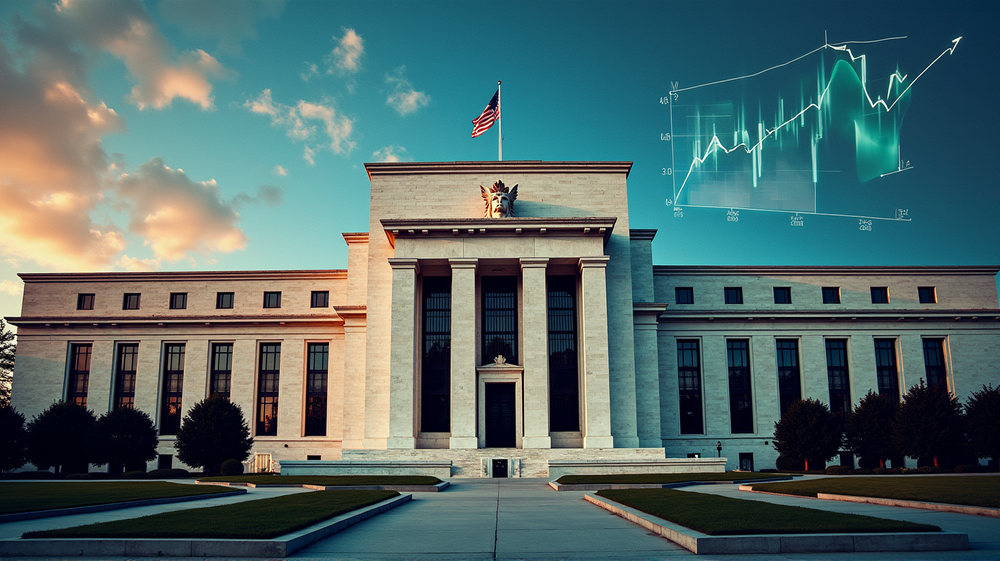As the Federal Reserve gears up for one of its most closely watched decisions of the year, speculation is rife regarding how its impending rate cut will reshape the economic landscape. The Fed’s careful balance between taming inflation and fostering employment leads to critical decisions that resonate throughout the financial world.
Navigating Economic Uncertainty
The economic waters are choppy, with President Trump’s stance applying additional pressure on the Federal Reserve. His calls for rate reductions, citing subdued inflation, clash with the institution’s cautious approach amid rising tariffs that threaten higher costs. These tariffs, primarily impacting American firms, create unique challenges not faced by other global economies. According to CBS News, Trump stresses the necessity for substantial rate cuts, pointing towards more aggressive policies adopted overseas.
Deciphering the Dual Mandate
At the heart of the Federal Reserve’s decision-making process lies its dual mandate: ensuring low inflation and achieving full employment. Yet, these goals often oppose each other. While inflation has been inching upwards due to trade tensions, labor markets face stagnation. The slow pace of hiring raises alarms, contrasting sharply with the previous year’s robust employment statistics. Consequently, the Fed’s meeting on September 17 will be crucial for setting the tone for the upcoming months.
Comparing Global Approaches
The U.S. stands alone facing the tariff dilemma, unlike the European Central Bank and the Bank of England, which have slashed rates amidst a more straightforward economic environment. Although Mr. Trump highlights these foreign policies, the Fed remains steadfast, pointing to tariffs as a focal concern for inflationary pressure in a different economic reality.
Consumers Caught in the Tide
American consumers feel the economic strain as prices for essential goods climb steadily. Mortgage rates hovering near 7% aggravate this sentiment, although recent drops offer some relief. In this context, a slight reduction in borrowing rates might provide the needed break for those burdened with high-interest obligations.
Awaiting the Verdict
As the clock ticks toward 2 p.m. EST on Sept. 17, all eyes are on the Federal Reserve. With a nearly unanimous consensus among economists for a modest rate cut, the only question remains: how will this decision echo across markets and the broader economy? The outcome may steer financial strategy and sentiment as the year unfolds.













